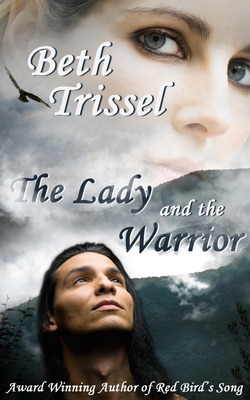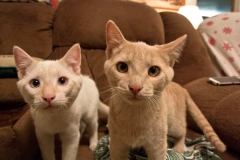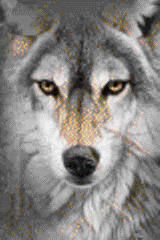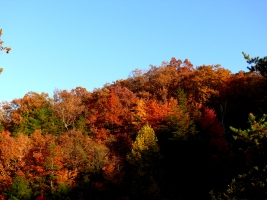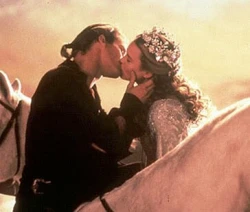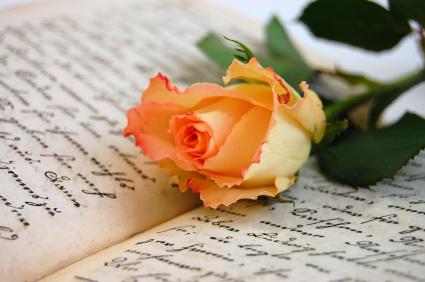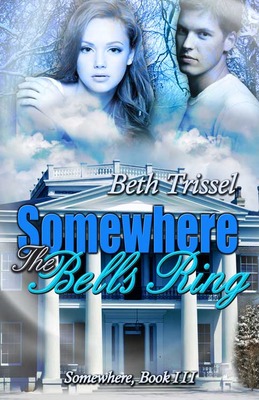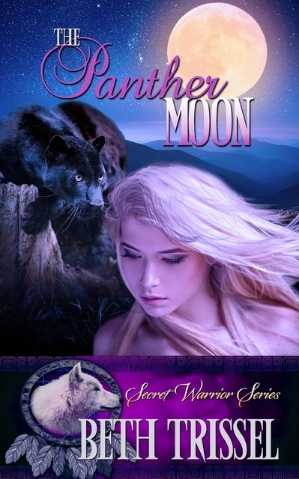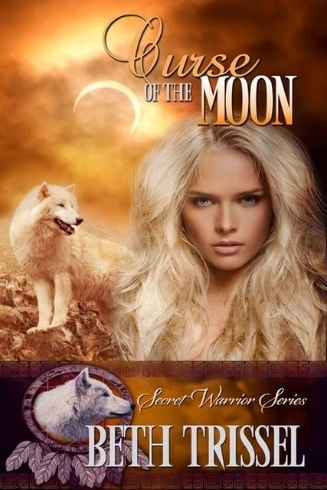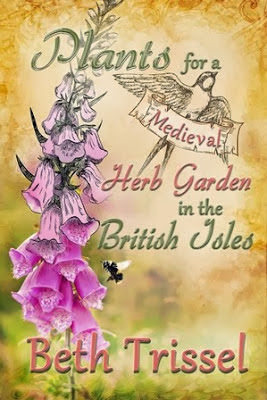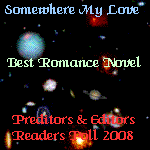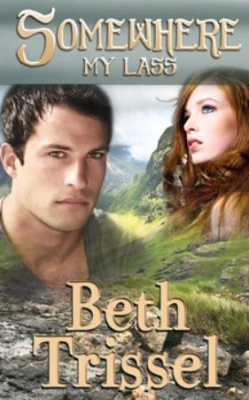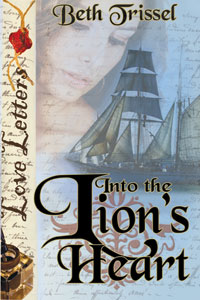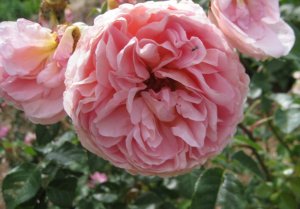 “A bird doesn’t sing because it has an answer, it sings because it has a song.”
“A bird doesn’t sing because it has an answer, it sings because it has a song.”
Lou Holtz
Some of the cheeriest, downright euphoric, birds in this world are gold finches. And I don’t know how they’ve managed it, or if they’re responsible, but sunflowers have taken over my entire garden except for the plot where I’ve pulled them out and planted vegetables. This gradually expanding patch is absolutely hedged in by sunflowers. I don’t know if the birds flung extra seeds all over the ground, or how all these sunflowers came to be, but I’ve never known a garden to be overrun like this. (*Mom took this pic of a gold finch at her house.)
 I plan to leave swathes of sunflowers, maybe even create a maze, but also want to also raise corn, beans, tomatoes…people food. However, the finches will be back in droves this summer, warbling in delight over the abundant seed heads. Other varieties of birds also join in the summer-fest in my yard/garden. I include many plants with them in mind.
I plan to leave swathes of sunflowers, maybe even create a maze, but also want to also raise corn, beans, tomatoes…people food. However, the finches will be back in droves this summer, warbling in delight over the abundant seed heads. Other varieties of birds also join in the summer-fest in my yard/garden. I include many plants with them in mind.
From an informative article about landscaping to attract songbirds I found at Cornell Lab of Ornithology: “A diversity of plants can provide birds with a diversity of food in the form of flower buds, fruit, seeds, nectar, sap, and a wide variety of the insects that associate with those plants. Plants also provide nest sites and nest material, and protected hiding places. The larger the variety of plants you grow, the more different kinds of birds your yard will attract.
 Select locally-native plants appropriate for the lighting and soil conditions of your property. Consider how big a new plant might eventually grow, and avoid the surprise of it taking over your yard. (*Our back garden is being overrun by a native clematis vine my daughter Elise and I refer to as ‘The Beast.’ We planted it along the fence which it has covered and that’s fine but now its reaching out greedy tentacles for more. However, the birds love it.)
Select locally-native plants appropriate for the lighting and soil conditions of your property. Consider how big a new plant might eventually grow, and avoid the surprise of it taking over your yard. (*Our back garden is being overrun by a native clematis vine my daughter Elise and I refer to as ‘The Beast.’ We planted it along the fence which it has covered and that’s fine but now its reaching out greedy tentacles for more. However, the birds love it.)
Plant locally native species. Plants native to your region and locality are more likely to thrive without pesticides or watering, plus they offer the foods best suited to the native birds of your area. (I don’t know if sunflowers were ever native here but they are now. *Blue bird in pic above.)
 Year-round Attractions
Year-round Attractions
To keep the birds coming back for more, select a variety of plants that will produce foods in different seasons. For winter residents and migrants that return early in spring, plants that hold their fruits throughout the winter (“winter-persistent” plants) are a vital food source.”
Of course, to this you also add bird feeders. The article goes on in length so visit the Cornell site (linked above) for more specifics. One thing it mentions that really appeals to me and makes me feel validated is that not keeping your yard and garden too tidy is super for the birds. They revel in a good mess.~
 “Dead Wood’s Good!
“Dead Wood’s Good!
Leave dead limbs and trees in place if it’s safe and not too unsightly for neighborhood standards to do so. Insects that live in decaying wood are an important food source for birds such as woodpeckers, chickadees, and nuthatches. Cavity-nesting birds such as bluebirds and many woodpeckers need old, hollow trees to nest in. To make a dead tree prettier, consider planting native vines, such as Virginia creeper, to disguise its trunk. (*Chickadee above)
Build a Brush Pile
 Recycle dead branches to start a brush pile for your ground-dwelling birds, such as sparrows and towhees. It gives them hiding places and some protection from rain, snow, and wind. Start with thicker branches and put thinner ones over the top. Add your old Christmas tree if you have one.
Recycle dead branches to start a brush pile for your ground-dwelling birds, such as sparrows and towhees. It gives them hiding places and some protection from rain, snow, and wind. Start with thicker branches and put thinner ones over the top. Add your old Christmas tree if you have one.
(Yellow warbler above)
Leave a Mess!
 If you don’t tidy up your yard and flowerbeds in fall, birds will love you for it. If you grow annuals, especially daisy-relatives such as purple coneflowers, black-eyed susans, and sunflowers, leave the dead seed heads on them when they fade—goldfinches, redpolls, and other seed-eaters will feast on the seeds. Instead of bagging up fallen leaves for disposal, rake them under your shrubs to act as mulch. They’ll harbor insects that ground-dwelling birds will find, too. And, come spring, those dead leaves, grasses, and plant stems will be a treasure trove for birds searching for nest material in your yard.”
If you don’t tidy up your yard and flowerbeds in fall, birds will love you for it. If you grow annuals, especially daisy-relatives such as purple coneflowers, black-eyed susans, and sunflowers, leave the dead seed heads on them when they fade—goldfinches, redpolls, and other seed-eaters will feast on the seeds. Instead of bagging up fallen leaves for disposal, rake them under your shrubs to act as mulch. They’ll harbor insects that ground-dwelling birds will find, too. And, come spring, those dead leaves, grasses, and plant stems will be a treasure trove for birds searching for nest material in your yard.”
*The above pic is of a redwing black bird near our pond. They call frequently near watery sites. I love their song.
“My favorite weather is bird-chirping weather.” ~Terri Guillemets
My grandmother loved birds and always fed them, as do my parents–big bird lovers, and they belong to the local bird club. I also love birds, as does my husband. The old feeder I still use is one he built, and I’ve added a new one my sister gave me for Christmas. If you aren’t already, please join me in feeding and planting with the birds in mind. Your yard will be filled with song, among the gladdest and most blessed sounds in the world. And abundant color and life.
 “Have you ever observed a humming-bird moving about in an aerial dance among the flowers – a living prismatic gem…. it is a creature of such fairy-like loveliness as to mock all description.” ~W.H. Hudson,Green Mansions
“Have you ever observed a humming-bird moving about in an aerial dance among the flowers – a living prismatic gem…. it is a creature of such fairy-like loveliness as to mock all description.” ~W.H. Hudson,Green Mansions



 The small male was undeterred and eventually won acceptance, amusing us by his attempts to mate with Daphne, twice his size. Persistence won out though. That year the girls had separate nests, Darlene at the base of a bittersweet vine, while Daphne went back to the tansy. Don and Dwayne bonded, swapping stories as they awaited imminent fatherhood.
The small male was undeterred and eventually won acceptance, amusing us by his attempts to mate with Daphne, twice his size. Persistence won out though. That year the girls had separate nests, Darlene at the base of a bittersweet vine, while Daphne went back to the tansy. Don and Dwayne bonded, swapping stories as they awaited imminent fatherhood. Autumn in all its splendor passed into a winter that was our most severe in years. We tromped faithfully through the deep snow every day to scatter feed on the frozen pond. Then one morning after fresh snowfall we could not find a single duck. Our anxious calls came back to us empty on the wind…searching revealed spatters of blood and dog tracks in the snow, the silent witness to their grim fate. Still, we hoped that some birds had escaped the attack and combed the neighborhood, finally locating a pair of Dwayne’s offspring. Only the smaller ducks could fly well. We had unwittingly fed the others up to be “sitting ducks,” an expression I understand too well now. A week later Dwayne returned on his own, but it was a bleak time. How empty the pond seemed without the gang.
Autumn in all its splendor passed into a winter that was our most severe in years. We tromped faithfully through the deep snow every day to scatter feed on the frozen pond. Then one morning after fresh snowfall we could not find a single duck. Our anxious calls came back to us empty on the wind…searching revealed spatters of blood and dog tracks in the snow, the silent witness to their grim fate. Still, we hoped that some birds had escaped the attack and combed the neighborhood, finally locating a pair of Dwayne’s offspring. Only the smaller ducks could fly well. We had unwittingly fed the others up to be “sitting ducks,” an expression I understand too well now. A week later Dwayne returned on his own, but it was a bleak time. How empty the pond seemed without the gang. That May, Betty, our lone remaining female, hatched a fuzzy brood. Familiar quacks again filled the air and gladdened our spirits. It just isn’t spring without ducklings. ~
That May, Betty, our lone remaining female, hatched a fuzzy brood. Familiar quacks again filled the air and gladdened our spirits. It just isn’t spring without ducklings. ~ *This story about ducklings is the one that really got me started in writing. It was ‘almost’ published in Southern Living Magazine and that editor gave me much encouragement about my writing, then she referred me to an editor at Progressive Farmer who accepted it and several more nonfiction pieces about rural life, but their free-lance column got axed before publication.
*This story about ducklings is the one that really got me started in writing. It was ‘almost’ published in Southern Living Magazine and that editor gave me much encouragement about my writing, then she referred me to an editor at Progressive Farmer who accepted it and several more nonfiction pieces about rural life, but their free-lance column got axed before publication.
















































